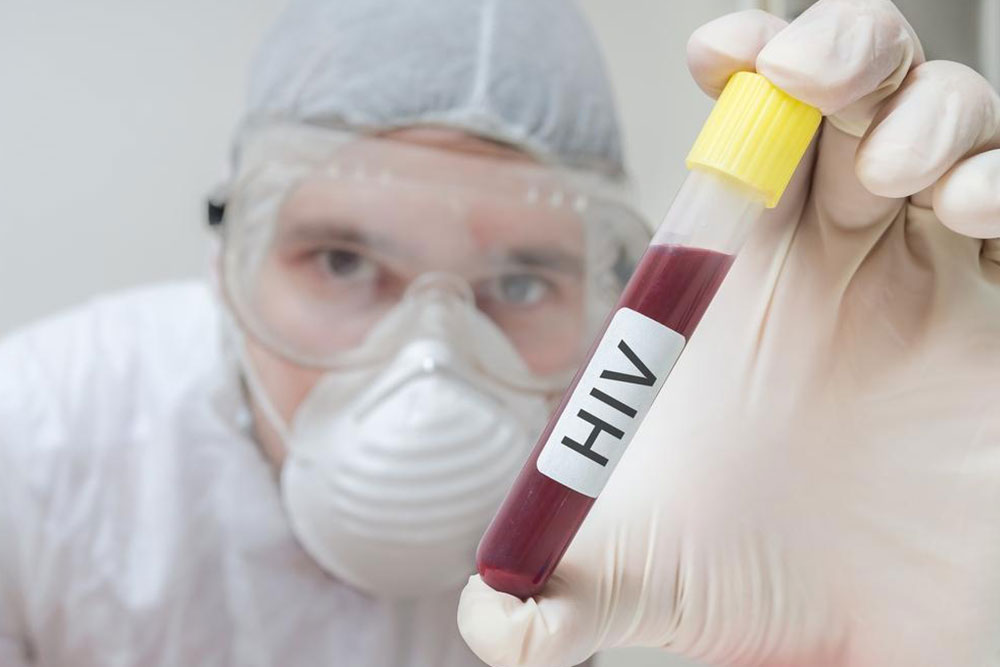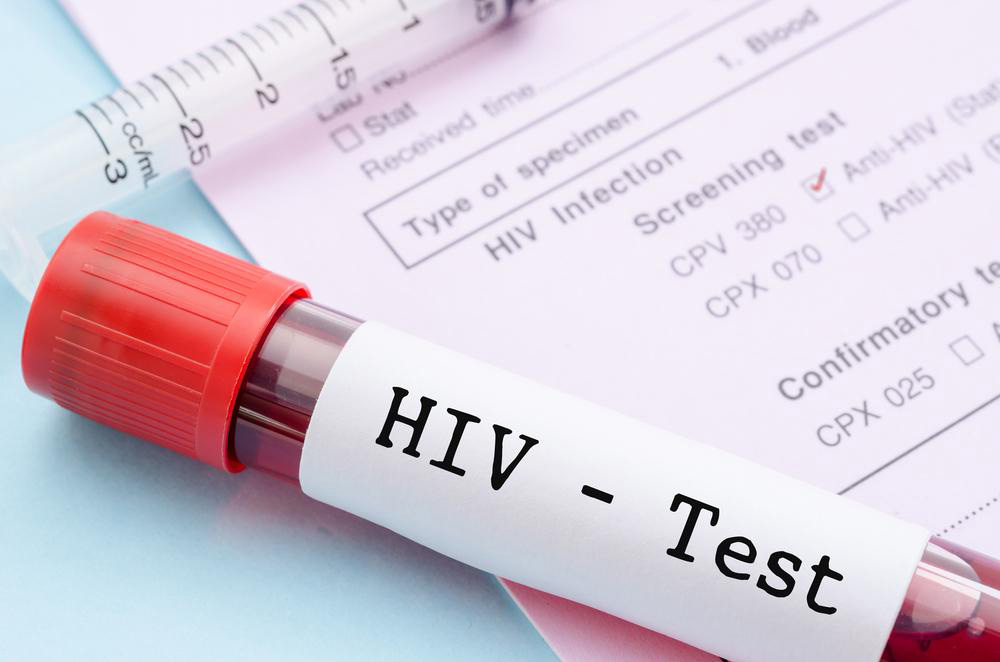Comprehensive Guide to Unexpected Side Effects of HIV Treatment and Management Strategies
HIV medications are crucial for managing the virus but can cause various side effects, both short-term and long-term. This comprehensive guide explores common adverse effects, their management, and strategies to optimize treatment outcomes. Recognize early symptoms, understand when to seek healthcare, and learn how to minimize risks associated with long-term therapy through lifestyle changes and medical oversight.

Comprehensive Guide to Unexpected Side Effects of HIV Treatment and Management Strategies
HIV medications are vital tools in managing and controlling the Human Immunodeficiency Virus, but like all pharmaceutical treatments, they can sometimes lead to side effects that may be as bothersome or serious as the virus itself. Recognizing these potential adverse effects early and understanding when to seek medical assistance can significantly improve quality of life and treatment outcomes.
HIV, or Human Immunodeficiency Virus, primarily targets and damages the immune system by infecting critical cells such as CD4+ T lymphocytes. Normally, the immune system responds to pathogens by producing antibodies and activating immune cells to fight off infections. However, HIV infection bypasses these defenses, leading to a progressive deterioration of immune function, which, if left untreated, can result in AIDS (Acquired Immunodeficiency Syndrome).
Preparing for Effective HIV Treatment
Prior to initiating antiretroviral therapy (ART), it's essential to have a thorough consultation with your healthcare provider. Discuss your complete medical history, including any underlying conditions, previous illnesses, current medications, over-the-counter (OTC) products, and any use of recreational or herbal substances. Providing honest and detailed information helps your medical team tailor the most effective and safe treatment plan, minimizing potential drug interactions or adverse effects.
The primary objective of HIV treatment is to suppress viral replication to undetectable levels, thereby preventing disease progression and transmission. Recent advancements have led to the development of medications with fewer side effects; however, some still occur and require management. Being proactive and vigilant about side effects can enhance adherence and overall health outcomes.
Initial (Short-Term) Side Effects of HIV Medications
Many patients experience mild side effects during the initial phase of treatment. These may include fatigue, nausea, diarrhea, insomnia, dryness of the mouth, skin rashes, and reactions at the injection site if applicable. Typically, these symptoms diminish within a few weeks as the body adjusts to the medication. If symptoms persist beyond this period or become intolerable, it is crucial to consult your healthcare provider promptly to evaluate potential causes, consider dosage adjustments, or switch medications.
Important: Never stop or alter your medication regimen without consulting your healthcare provider. Abrupt discontinuation can lead to viral resistance, making future treatment more challenging and increasing the risk of disease progression.
Long-Term Side Effects and Potential Risks of HIV Therapy
While effective, chronic use of antiretroviral drugs may lead to some serious long-term side effects. These include body fat redistribution—a condition known as lipodystrophy—where fat accumulates in certain areas like the abdomen and neck while other areas lose fat. This can affect body image and metabolic health. Additionally, some medications are associated with increased levels of cholesterol, triglycerides, and blood sugar, elevating the risk for cardiovascular disease and diabetes.
Other long-term concerns include decreased bone mineral density, leading to osteoporosis, and rare but severe complications such as lactic acidosis—a buildup of lactic acid in the bloodstream that can be life-threatening. Regular monitoring through blood tests, bone scans, and lipid profiles is vital to detect these issues early. If such side effects are identified, your healthcare provider might recommend switching to alternative medications, lifestyle changes, or additional treatments to mitigate risks.
It's important to maintain open communication with your healthcare team to navigate these potential side effects effectively. Lifestyle modifications, such as a balanced diet, regular exercise, quitting smoking, and managing alcohol intake, can also help reduce some of these risks. Personalized treatment plans and routine check-ups are essential elements of managing long-term therapy safely.




